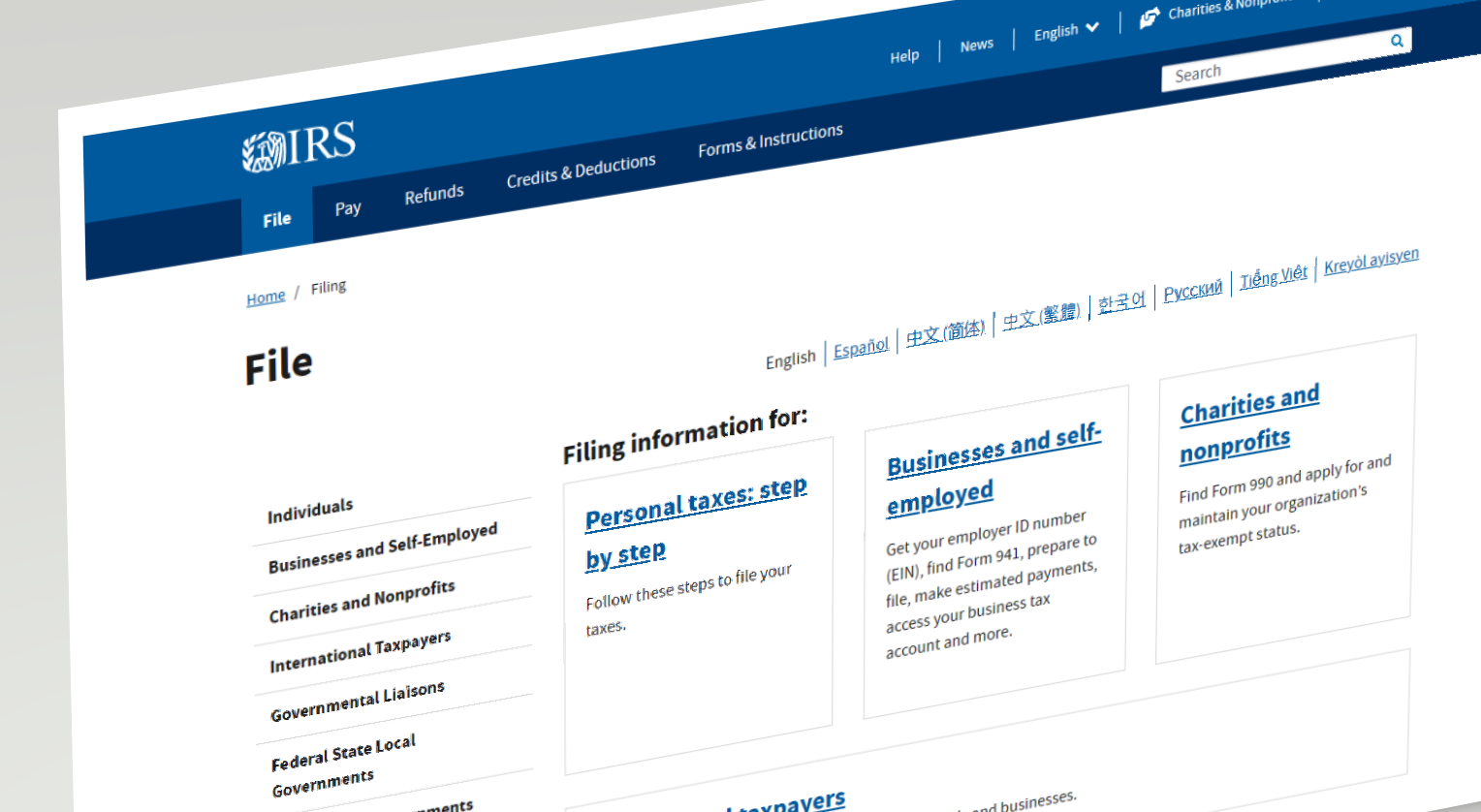The end of financial year (EOFY) in Australia, on June 30th, marks a crucial time for both businesses and individuals. It’s a period to wrap up your financial activities for the year, meet tax obligations, and plan for the future. To ensure a smooth EOFY process, here’s a checklist to guide you:
For Businesses:
• Gather your documents: Collect all your financial records, including income and expense statements, invoices, receipts, bank statements, and asset registers.
• Conduct stocktake: If you have inventory, perform a stocktake to determine its value on June 30th.
• Meet superannuation obligations: Ensure all super guarantee (SG) contributions for your employees (and yourself, if applicable) are paid by June 30th.
• Finalize payroll: Complete your Single Touch Payroll (STP) finalisation declaration by July 14th to pre-fill employee income statements for tax returns.
• Calculate deductions: Identify and document all eligible business expenses you can claim deductions for.
• Lodge tax returns: Lodge your business tax return by the due date (usually October 31st).
• Review and plan: Take time to assess your business performance, review your marketing plan, and set goals for the upcoming year.
For Individuals:
• Gather income records: Collect your income records, including payment summaries (payslips), investment income statements, and receipts for any work-related expenses.
• Review private health insurance: Check if you’re eligible for the private health insurance rebate by meeting the minimum cover requirements.
• Make charitable donations: Consider making donations to registered charities before June 30th for potential tax deductions.
• Lodge tax return: Lodge your individual tax return by the due date (usually October 31st).
Additional Tips:
• Use a registered tax agent: Consider seeking professional help from a registered tax agent to ensure accuracy and maximize your deductions.
• Stay organized: Maintain a good record-keeping system throughout the year to save time and hassle during EOFY.
• Plan ahead: Start gathering your documents and planning your tax strategy well before EOFY to avoid last-minute stress.
By following these steps and staying organized, you can ensure a smooth and efficient EOFY experience. Remember, the Australian Taxation Office (ATO) website [Australian Taxation Office] offers a wealth of information and resources to help you navigate the EOFY process.
We specialize in providing comprehensive tax and accounting services for businesses and individuals. Our experienced team can assist you with EOFY tasks, tax return preparation, deductions maximization, and ongoing tax strategy.
Contact us today for a free consultation!
Disclaimer: This blog is intended for general informational purposes only and should not be construed as professional tax advice.












